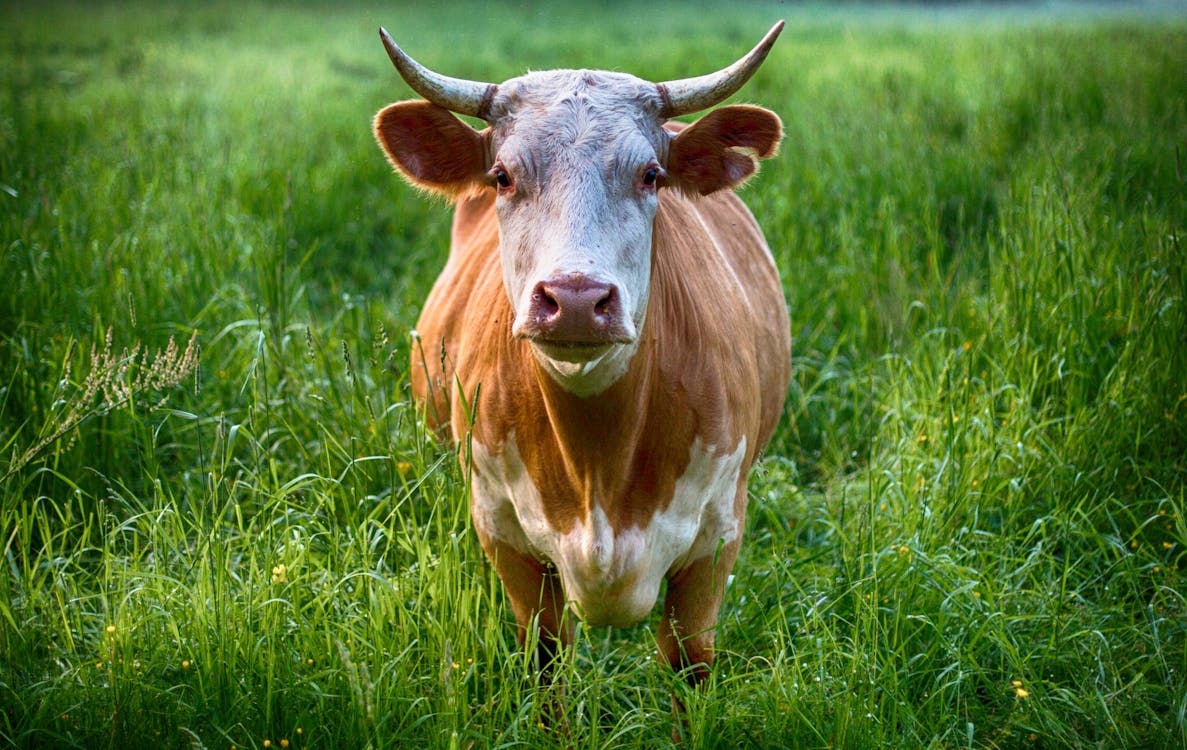The cow is considered a sacred animal in Nepal and holds great cultural and religious significance. It is also an important source of livelihood for many Nepalese farmers, providing milk, meat, and dung for fuel and fertilizer. In Hinduism, cows are considered sacred and are associated with the goddesses Lakshmi and Gauri, who are considered to be the embodiment of wealth, fertility, and motherhood. The cow is also a symbol of non-violence and is believed to possess healing powers.
The cow is also a symbol of wealth and status in Nepal. Many
families, especially in rural areas, own cows as a sign of prosperity and a
source of income. Cows are considered a valuable asset, and their ownership is
often used as a measure of social status. In addition, cows are often given as
gifts at weddings and other important events.
The cow is also considered a symbol of motherhood and is
often depicted in art and religious iconography as a nurturing figure. In
Hinduism, the cow is seen as a representation of the goddesses Lakshmi and
Gauri. She is believed to provide nourishment and protection to her young, much
like a mother's love.
Despite their importance, cows in Nepal often live in poor conditions and are not well-protected by laws. Many are malnourished and suffer from diseases due to lack of proper care and veterinary services. Many farmers in Nepal do not have the knowledge or resources to provide proper care for their cows, which leads to poor health and productivity.
In recent years, there have been efforts to improve the
welfare of cows in Nepal. The government has implemented programs to provide
farmers with training and resources to improve the health and productivity of
their cows. These programs include providing veterinary services, distributing
nutritious feed, and promoting sustainable farming methods.
In addition, there are also private organizations and NGOs
working to promote sustainable and humane practices in the care of cows. These
efforts include providing veterinary services, distributing nutritious feed,
and promoting sustainable farming methods. These organizations also work to
raise awareness among farmers and the general public about the importance of
cow welfare and the benefits of sustainable farming.
One of the biggest challenges facing cows in Nepal is the
increasing demand for beef. As the population grows and the economy develops,
there is a growing demand for meat, leading to increased pressure to raise cows
for slaughter. This puts a strain on the resources of farmers and can lead to
poor living conditions for cows.
To address this issue, some organizations are promoting the
consumption of alternative protein sources, such as soy and lentils, in order
to reduce the number of cows that need to be raised for meat. This can help to
reduce the pressure on farmers and improve the welfare of cows.
Another important issue is the lack of proper waste
management in Nepal, which leads to pollution and health hazards. Many farmers
rely on cow dung as a source of fuel and fertilizer, but the proper disposal of
this waste is often not a priority. This can lead to contamination of water
sources and the spread of diseases.
To conclude, the cow is an important animal in Nepal, both
culturally and economically. However, there are many challenges facing cows in
Nepal, such as poor living conditions, increased demand for beef, and lack of
proper waste management. It is important to address these issues in order to
improve the welfare of cows and promote sustainable practices. This will not
only benefit the cows, but also the farmers and the environment in Nepal.
